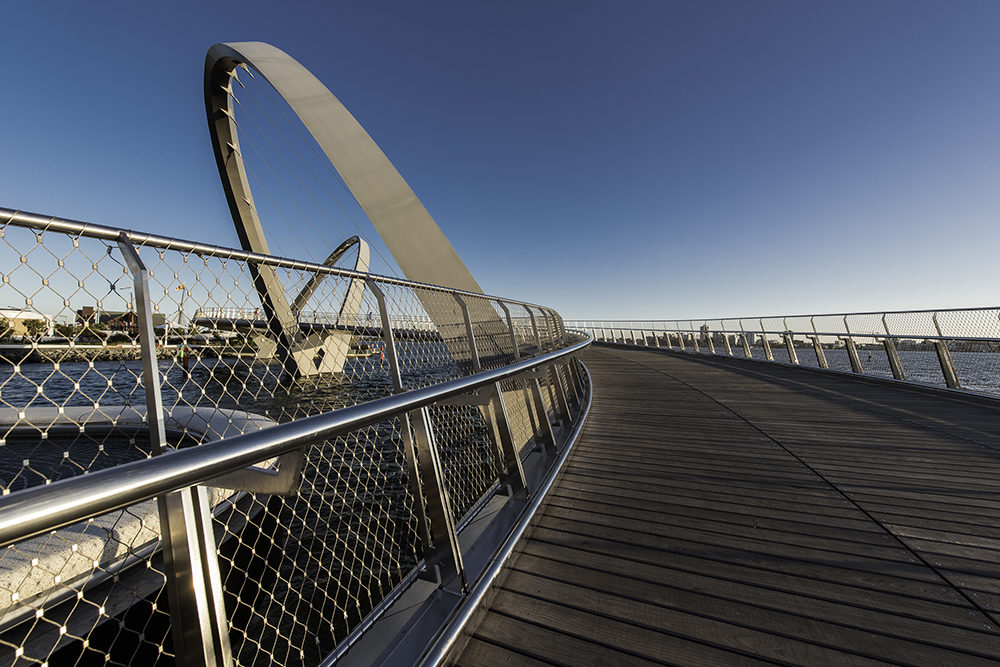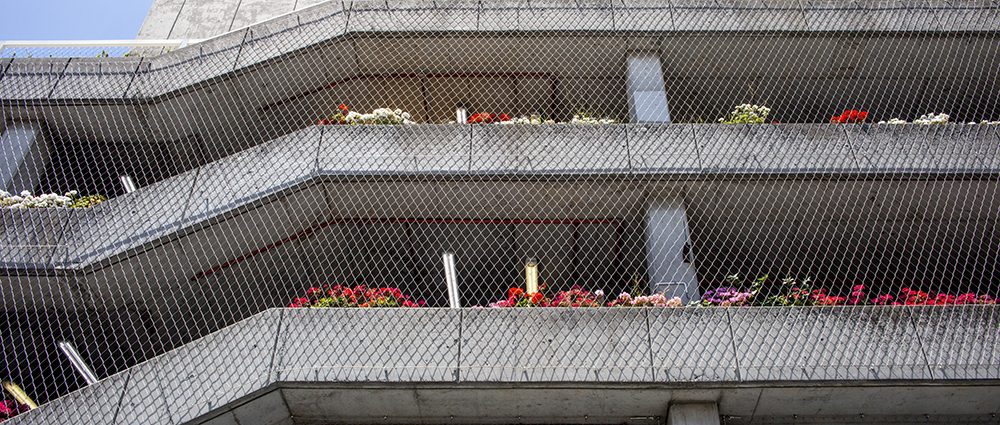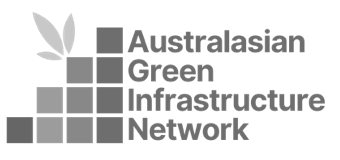When it comes to a safety barrier for fall protection, not all materials are created equal. You need to consider the performance of the material, and factor in visual appeal as well if that’s important.
Here is a comparison of some of the various commercial barrier materials on the market.
| Benefits | Disadvantages | Suitable For | |
| Glass Cost per sqm for supply and install (S&I): around $400-$800. |
As well as transparency, glass offers low maintenance, good longevity (up to 10 years), high-strength capacity (although it costs more to achieve this) and excellent modularity. It is also relatively easy to install and offers a medium level of sound insulation. | On the downside, glass can take a lot of cleaning as it tends to smudge and attract dust. And while it can be made fire-resistant, the cost to achieve this tends to be high. | Glass can be a good choice if you want a transparent and sleek-looking barrier that will last for several years. |
| Steel Cost per sqm for S&I: around $300 and upwards. |
Steel is a tough material offering low maintenance, good longevity and durability, high fire-resistance and security, high-strength capacity, good customisation and excellent modularity. | Steel barriers are not the easiest to install, and the material will need regular cleaning. Steel would likely be unsuitable for a barrier where design and aesthetics are priorities. | Steel suits a barrier where robustness, security and fire-resistance matter more than appearance. |
| Perforated panels Cost per sqm for S&I: approximately $400-$650. |
Offers excellent durability and modularity, good security, low maintenance and cleaning, fire-resistance and a medium level of strength. | Being non-transparent, the material won’t suit a barrier where natural light and airflow are required. Installation can be difficult, and a sub-frame will be required. | Perforated panelling can be made from a number of materials including steel, brass, copper and others. It suits a barrier that requires a degree of security and that looks good. |
| Chainlink Cost per sqm for S&I: approximately $50-$150. |
Chainlink is one of the cheapest barrier materials around. It offers transparency, airflow, easy installation, fire-resistance and excellent modularity. | Unfortunately, Chainlink has low longevity, strength and durability, as well as high maintenance and cleaning needs and poor security and aesthetics. | Chainlink can be used for a low-cost barrier where security and visual design are not top priorities. It is suitable for temporary barriers or fences. |
| Weldmesh Cost per sqm for S&I: $200-$400. |
This is a low-maintenance material with high strength and good durability and airflow. It is also excellent for security and modularity. | The material performs poorly in terms of ease of installation, customisation and aesthetics. | Weldmesh may suit a non-transparent barrier requiring security and strength rather than high visual appeal. |
| Webnet Cost per sqm for S&I: $150-$650. |
Webnet offers many advantages as a barrier material, including transparency, low maintenance and cleaning requirements, fire-resistance, good security and excellent longevity (up to 25 years). It also has excellent performance in terms of installation, customisation, visual appeal and strength. | Webnet doesn’t provide much in the way of sound insulation compared to some other materials (e.g. glass). It can also be climbable in some situations, although this can be addressed through the design. | Great for barriers that require transparency and aesthetics combined with a lot of durability and robustness. Webnet is very lightweight and malleable, making it suitable for barriers that don’t adhere to straight lines. |

Need more information?
It’s no secret that Webnet is our favourite! If it wasn’t, we wouldn’t have been using it since we started Tensile 10 years ago. If you have a barrier project in mind and would like to discuss the use of Webnet or wire cables, get in touch with us.







































